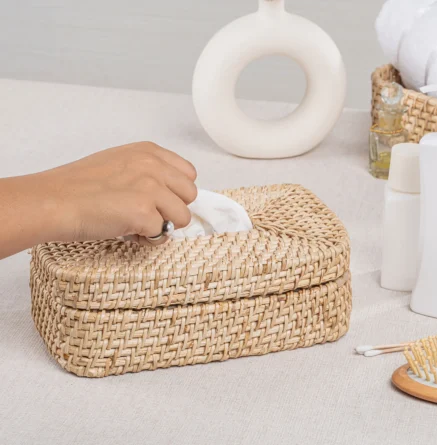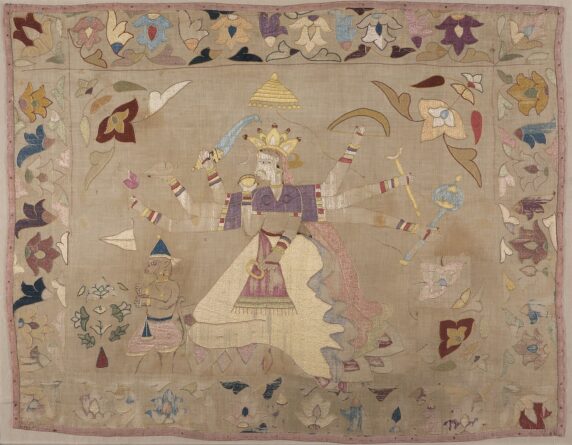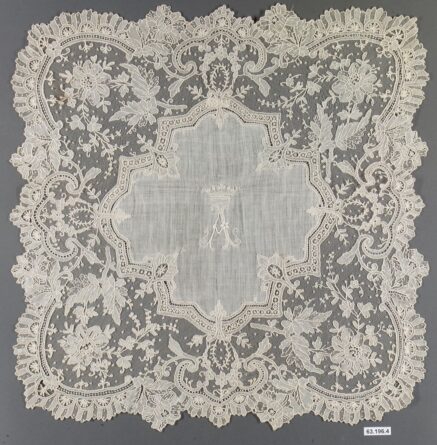How many times have you reached for a handkerchief instead of a tissue box? Or when was the last time you even used a handkerchief at all? Living in the age of instant everything and cheap alternatives, one might rightfully argue that tissues are more convenient. And, while we can all agree to that, the glory and versatility of hankies, handkerchiefs, napkins, mouchoir, or whatever your preferred jargon is, are unparalleled. As the humble handkerchief gives way to tissue papers, its true meaning transcends continents and generations, evolving from a utilitarian piece of fabric to a symbolic accessory to nearly obsolete veterans today. As we casually pull out tissues and toss them in waste bins or flirtatiously sneak one to a potential date at the bar with a scribbled-down phone number, somewhere its ancestors are wailing with sorrow – forgotten with the sands of time and replaced with a fast-paced lifestyle.

While we might only be familiar with the humble handkerchief as a face-wiping item or a make-believe sweatband, there's more to it than meets the eye. They were once prized possessions – from an ostentatious demonstration of wealth to an endearing exchange of love to bequeathed in wills. The 12”x12” four-cornered cloth is woven with rich history and culture, dripping with nostalgia, with its evidence tracing back to multiple theories and continents.
Hankies, as they were known before their christening as handkerchiefs, are believed to have originated thousands of years ago, serving several purposes ranging from function to fashion. They were elaborate, stylish, and an essential part of the history of costumes everywhere.
In India, its heritage dates back to the 16th century, known as the Chamba Rumal, where lush and decorative silk thread embroideries juxtaposed on mulmul or muslin narrate anecdotes from mythology– often cherished items as wedding gifts—or down towards the south, were handkerchiefs were made of sturdy cotton known as Pulicat handkerchiefs.
Whereas to Persian and European royalty, beautifully embroidered handkerchiefs crafted from lush fabrics indicated an affluent status. It gradually transitioned into pocket squares with the popularity of two-piece suits for men to keep the status symbol alive.

Furthermore, the popular handkerchief wasn't unfamiliar with the passionate and brewing cosmos of romance either. Pursuing love wasn't as easy as swiping right on a dating app or scouring through a list of singles on a 6-inch screen. Interestingly, a small piece of cloth played cupid, decoding the secret language amongst lovers or the pursuit of one. Young maidens would drop elaborate and distinct handkerchiefs at public parks frequented by eligible gentlemen as modern-day equivalents of ‘singles in your area’, later to be chaperoned with the onset of a dreamy romance.
The handkerchief from there on continued to play a significant role in different phases of the lovers’ lives– sometimes waved gracefully as a signal of an awaited midnight rendezvous between them, surrendered to their consort as a symbol of commitment and fidelity, or perhaps even paired with an equally intricately embroidered hankie, signed and exchanged to signify a passionate, searing romance.

Similarly in India, women would often take a break from their household chores, while men had gone off to work and children were away at school, to embroider hankies. She would sew her initials beside their husband’s on one of the corners as an expression of devotion and in many ways an intimate gesture. She would then, the next morning, chastely tuck it inside her husband’s pocket as a reminder to think of her at work too. At the very front of her pile of clothes were stationed neatly stacked hankies by the dozen, each matching the color of her saree – doubling as a fashion and practical accessory. Children often folded them in origami style into flimsy boats as a showcase of creative talent, and to rural women, it was equivalent to a trusted wallet holding coins, carefully tucked in her saree blouse.
Albeit their versatility, the handkerchiefs have met with an abrupt pause, taken over by pull-and-wipe tissue boxes. There is an obvious comfort towards wrangling a sneeze into ‘eco-friendly’ tissue and disposing of it, then using a handkerchief and placing the ‘cold’ back into your pocket. But, rather than stockpiling use-and-throw tissues, is there anything more conscious compared to a handy hankie that goes into your washing machine and comes back looking as good as new? Can archival fashion ever compete with modern-day convenience?